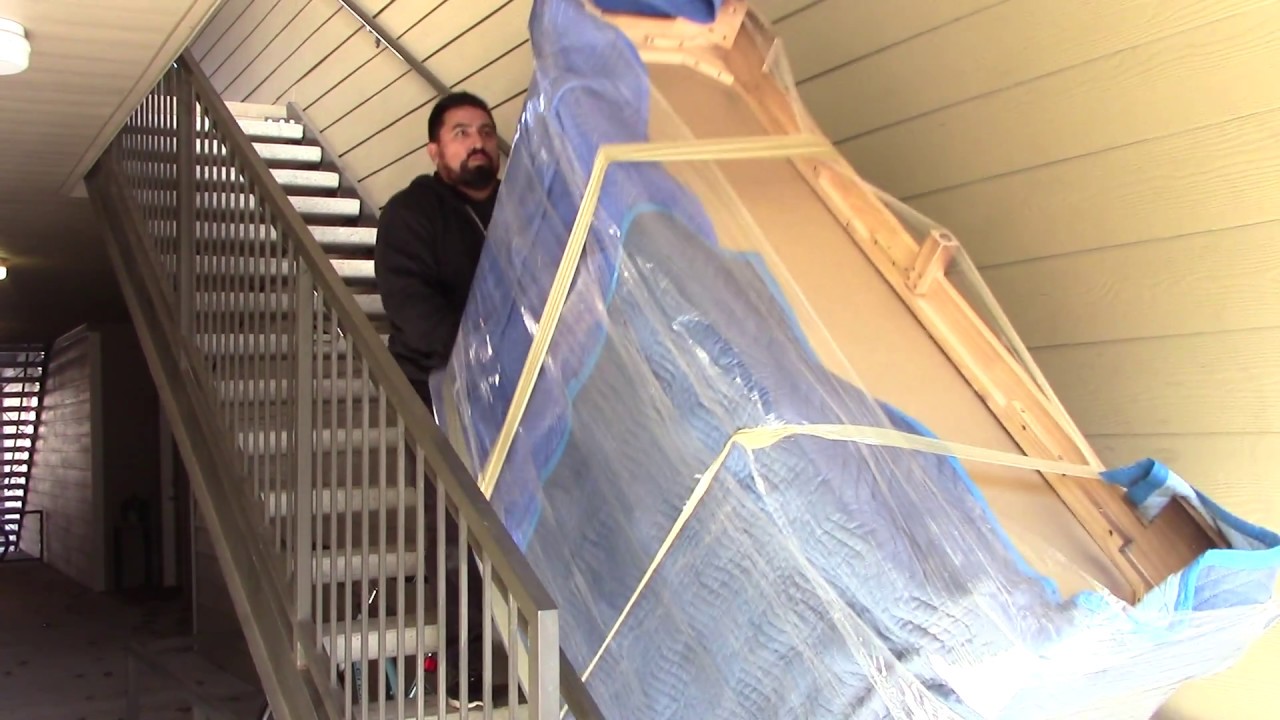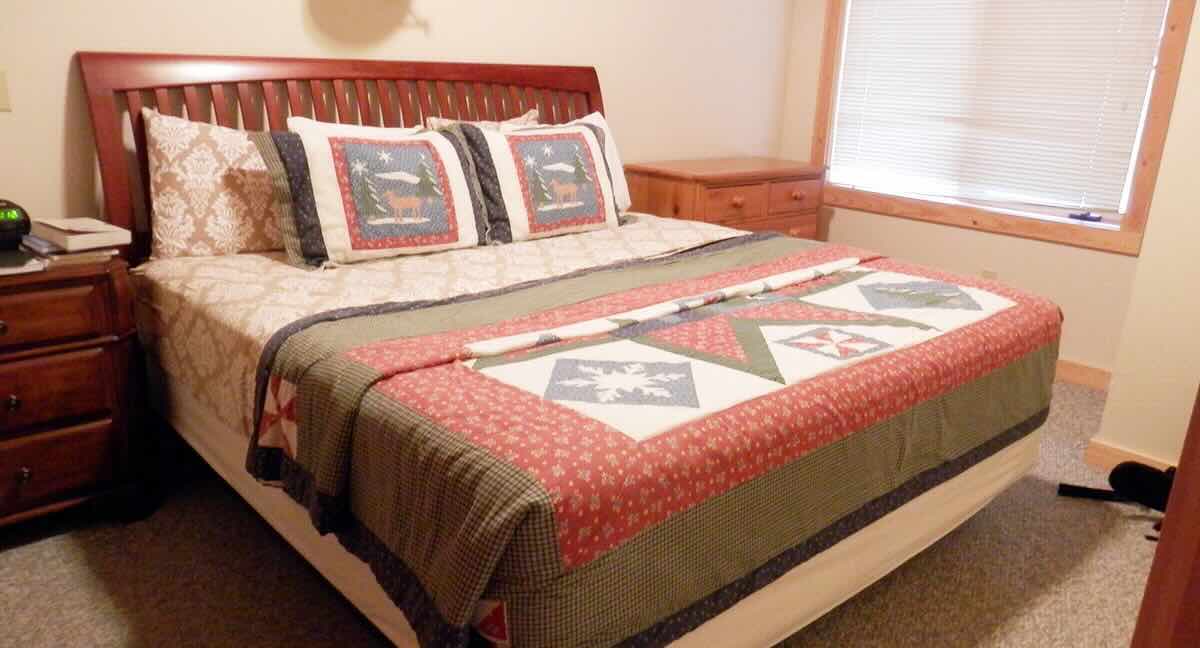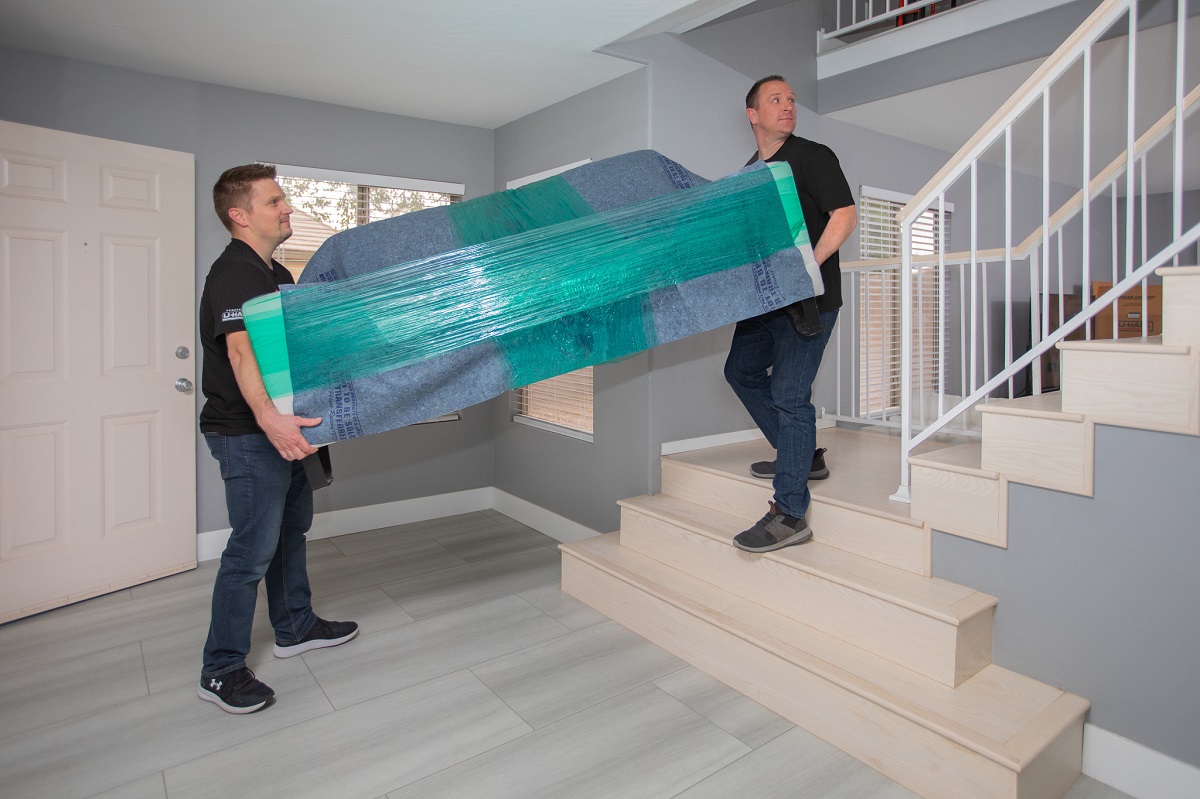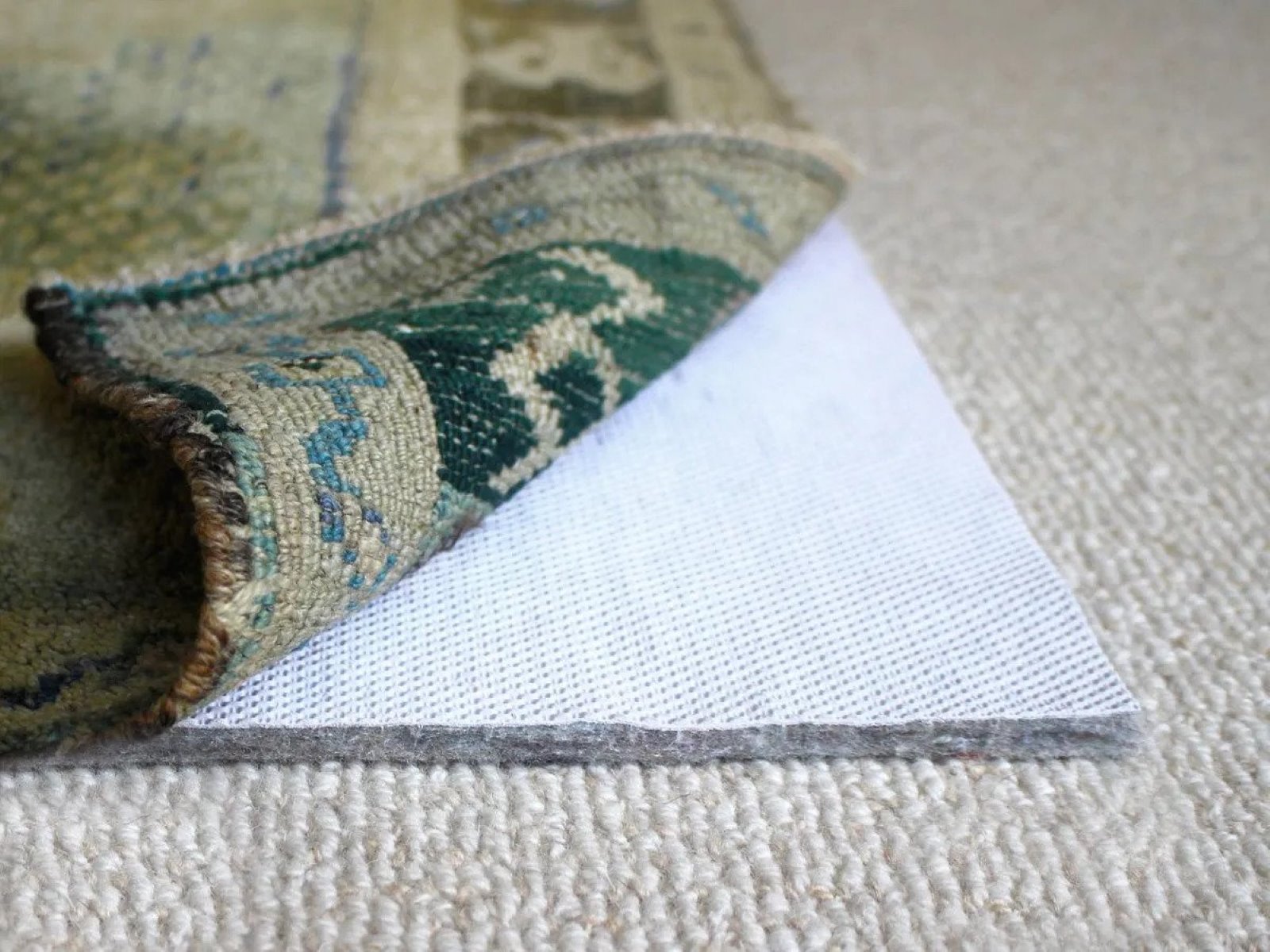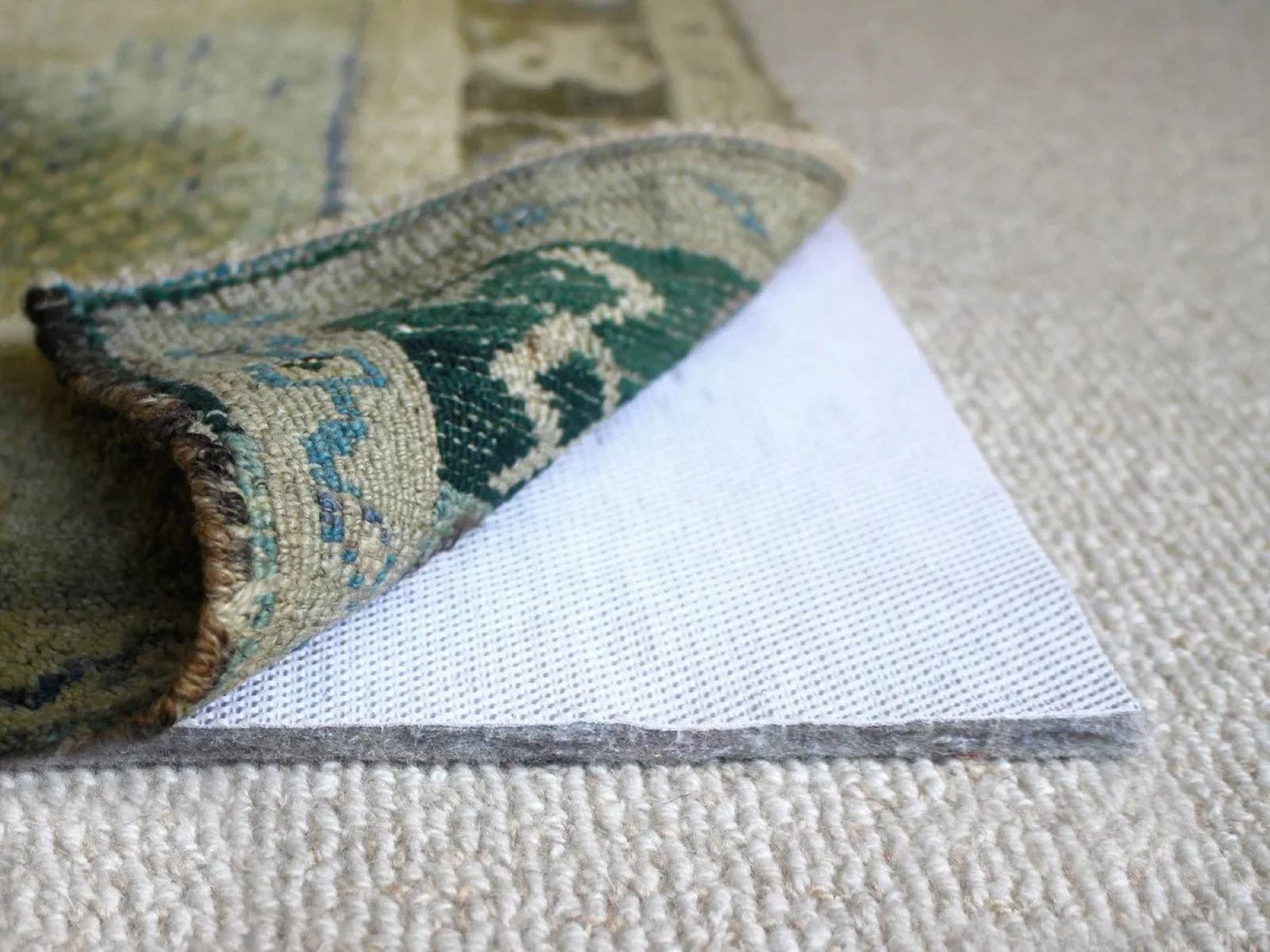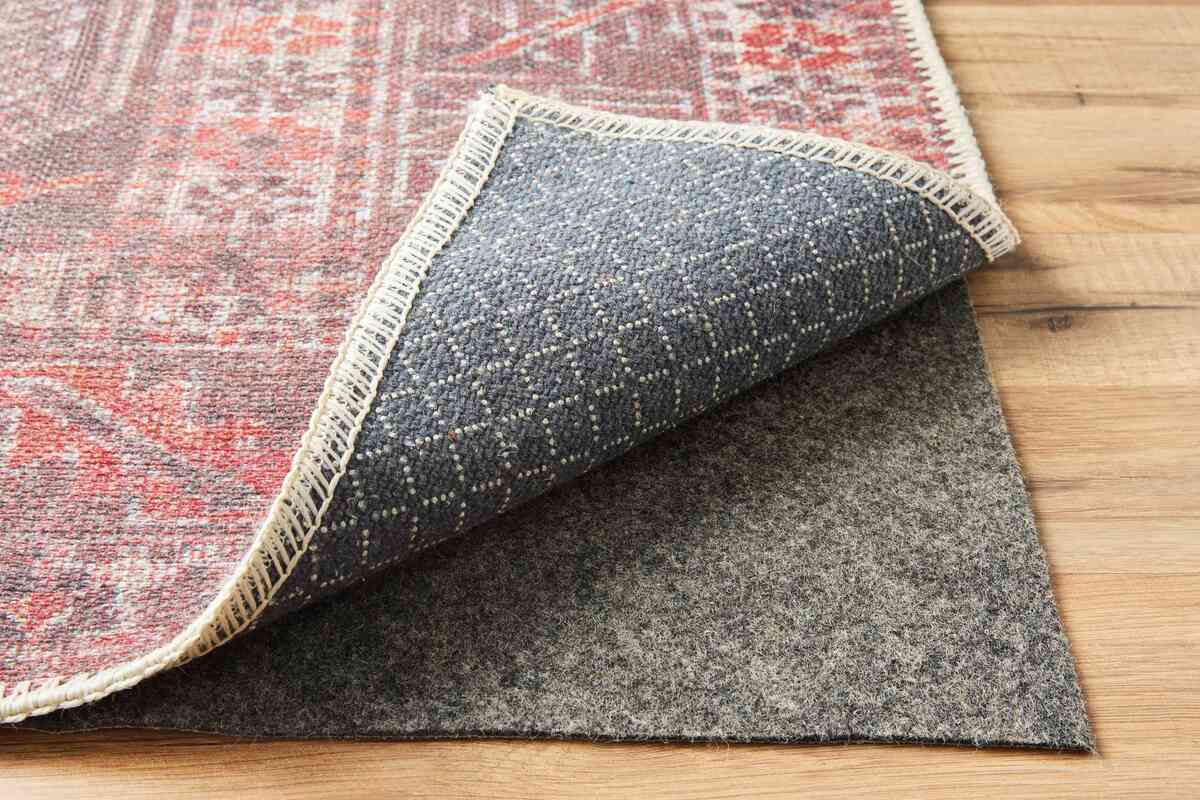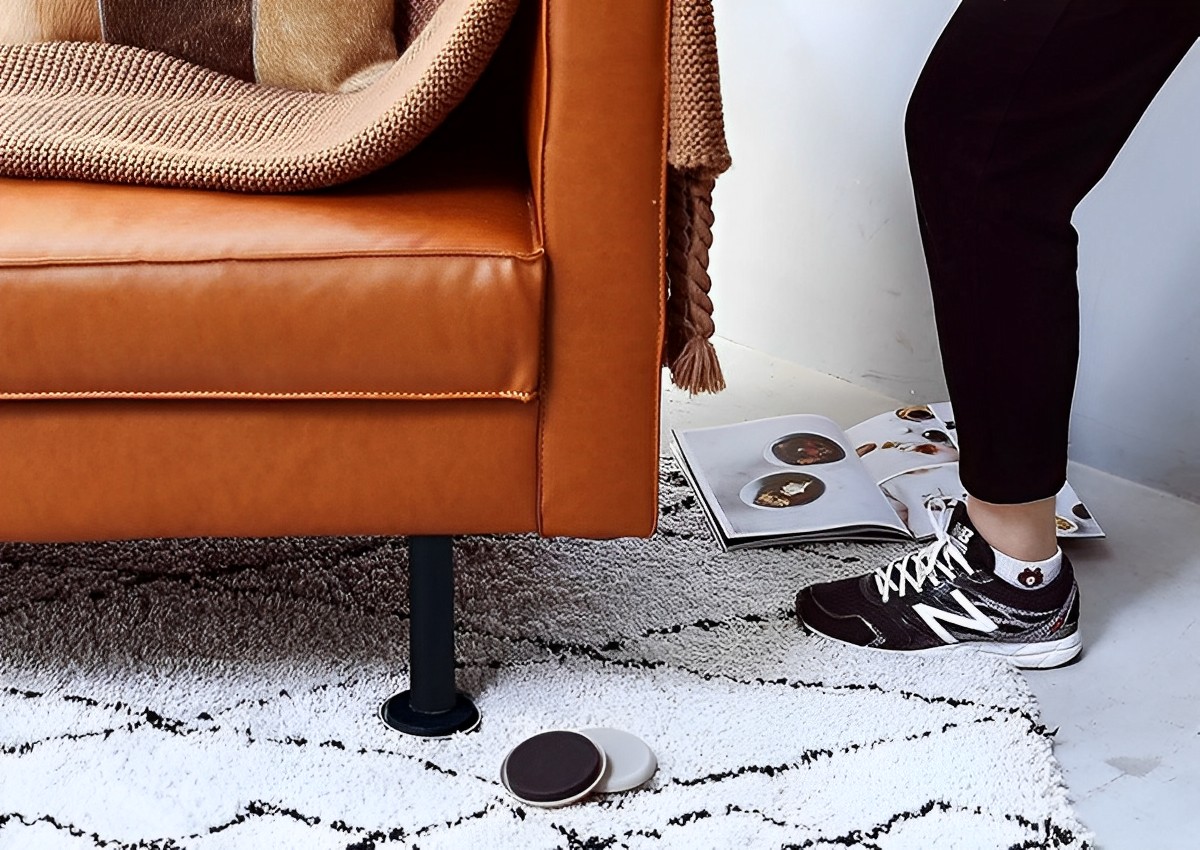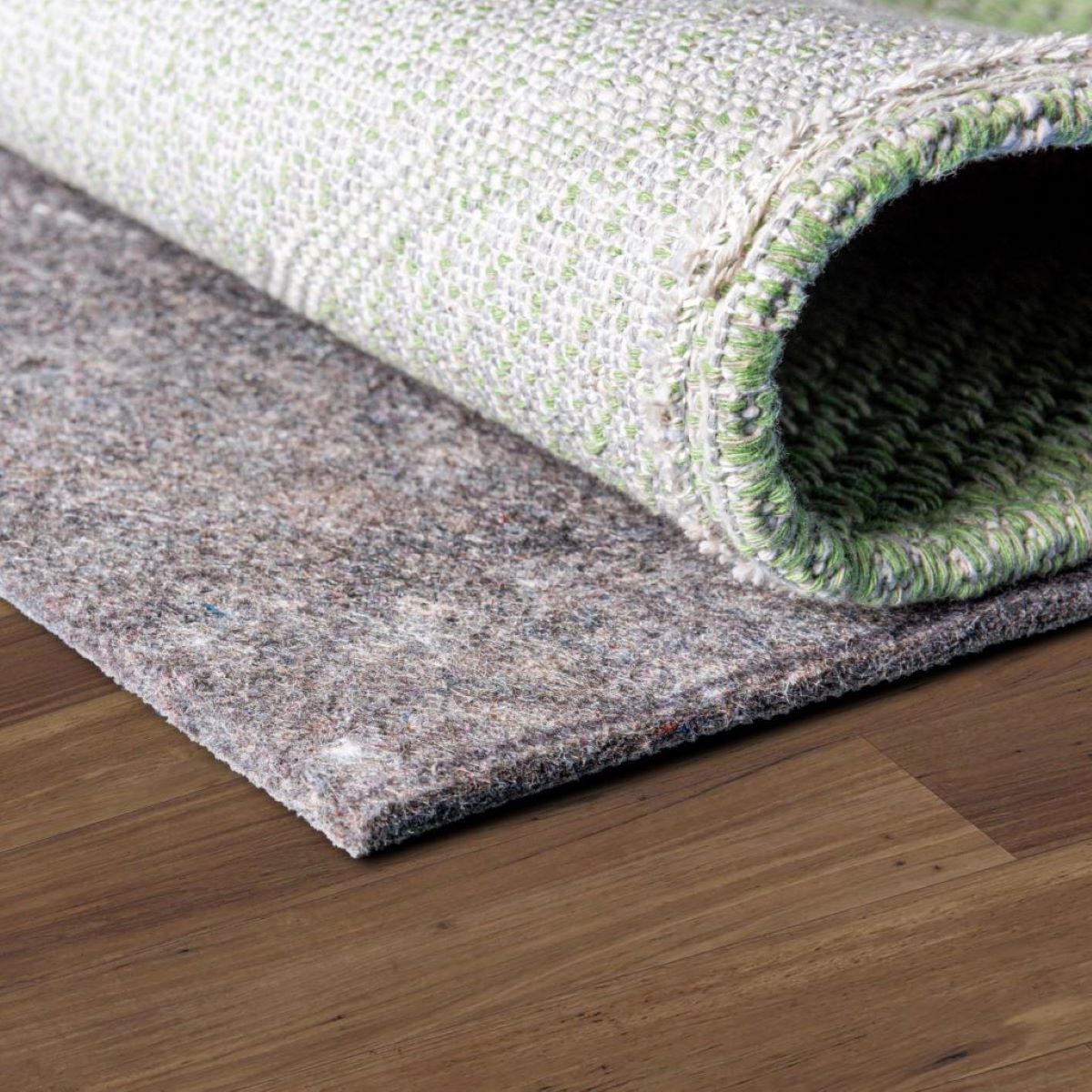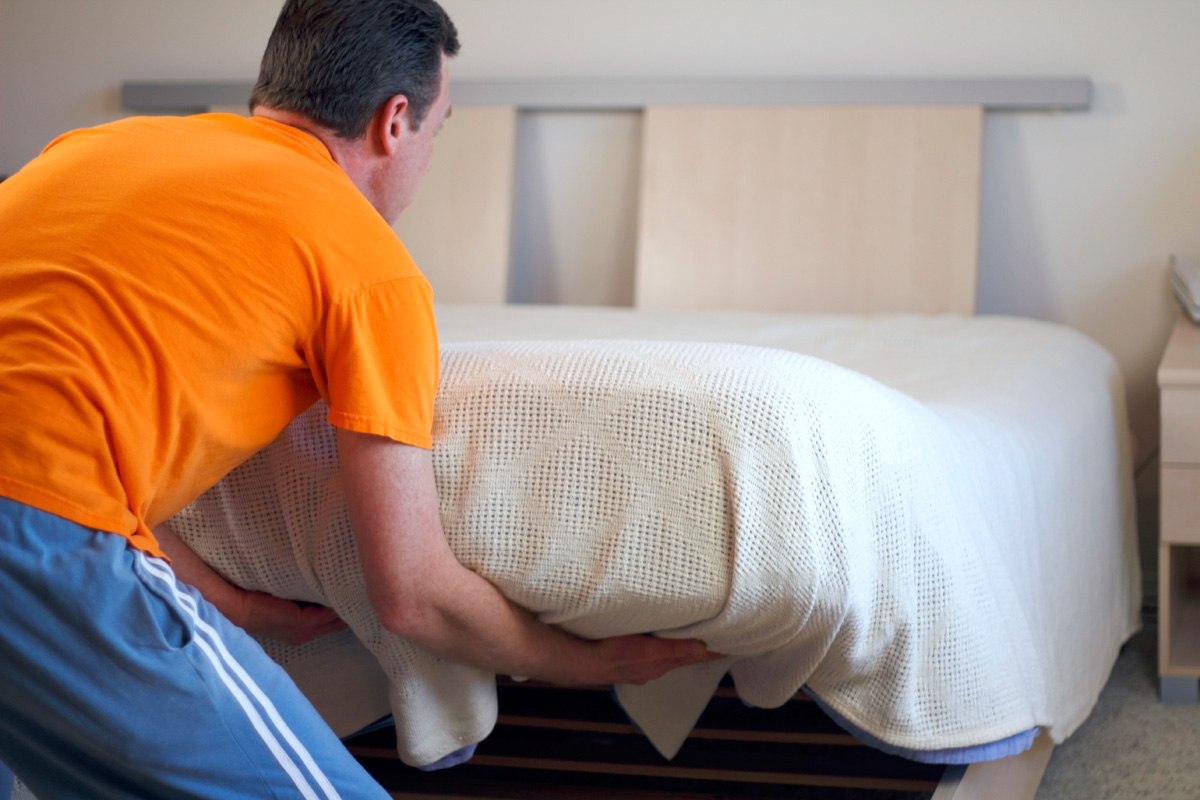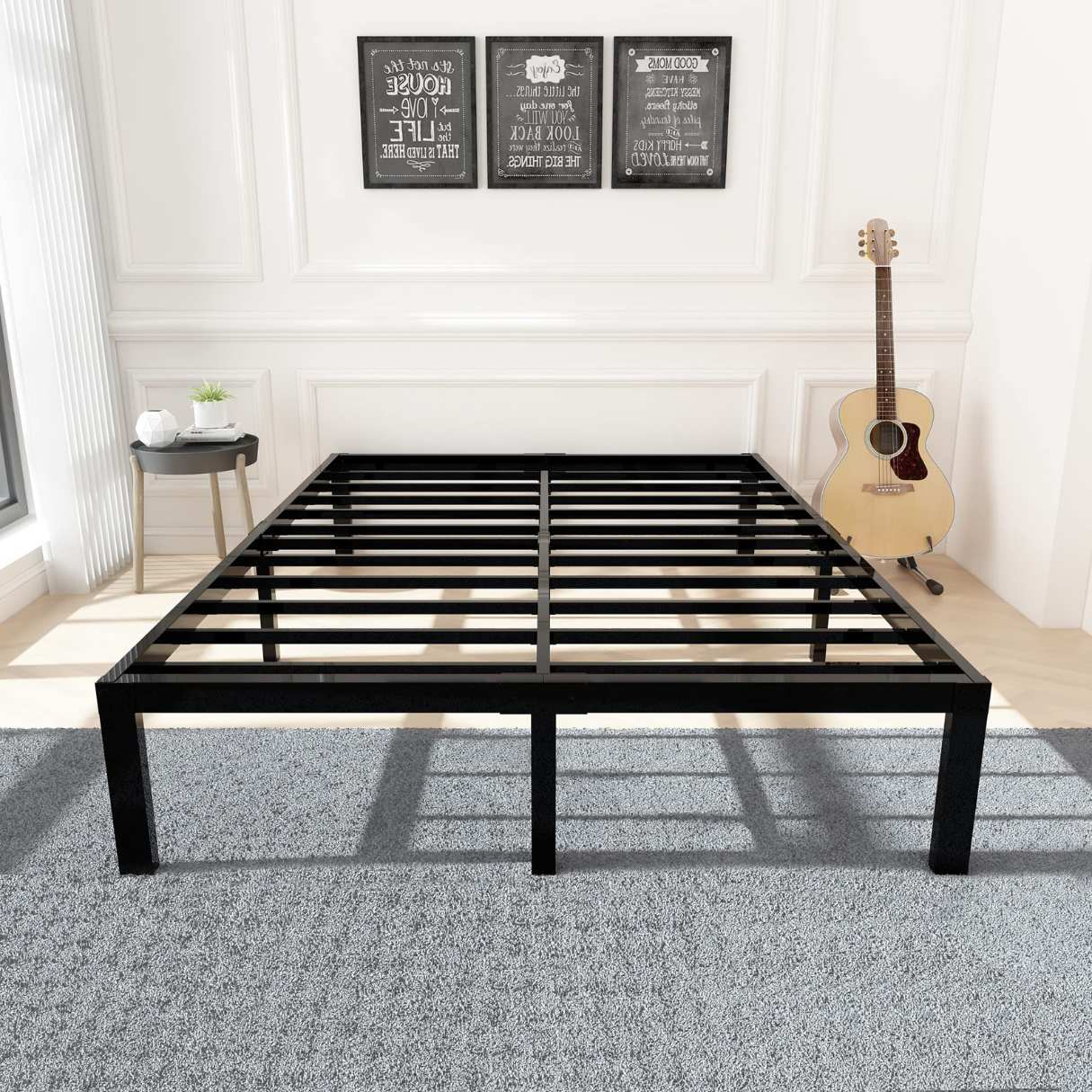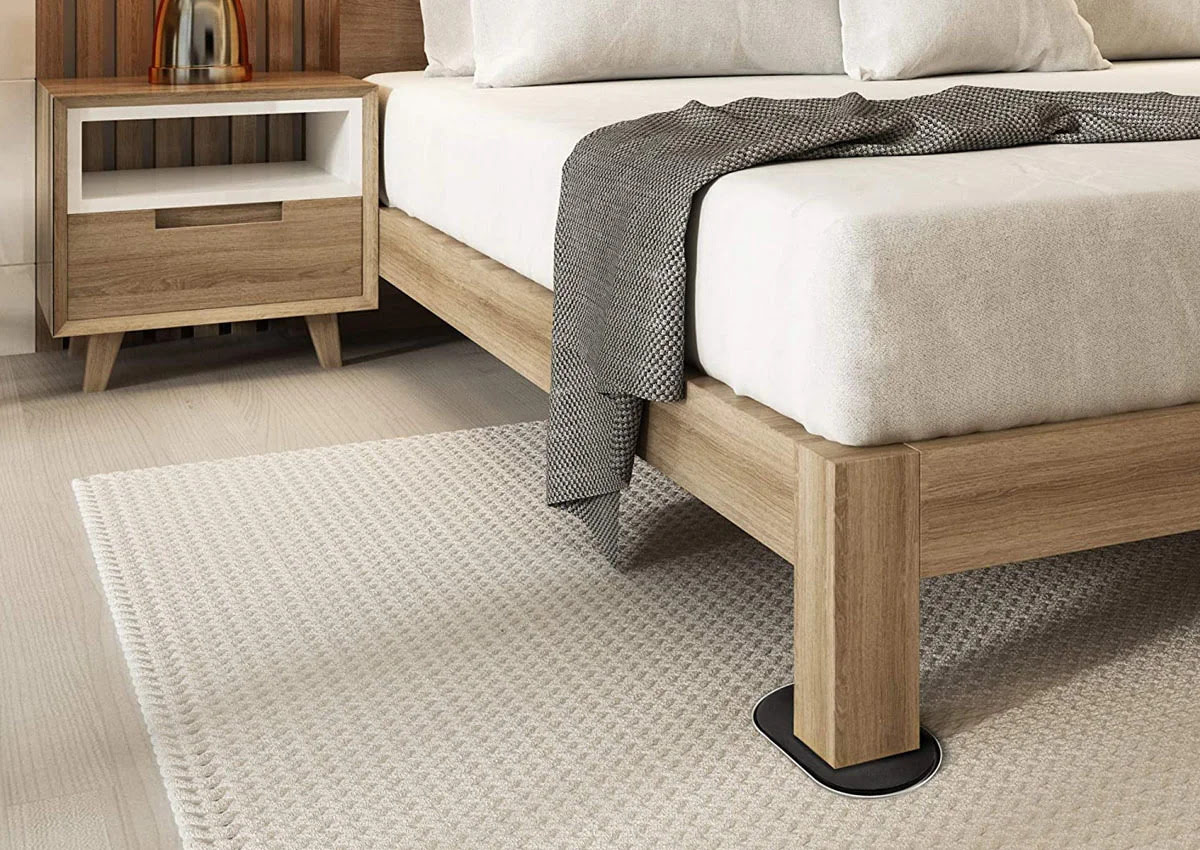

Articles
How To Move A Heavy Bed On A Carpet
Modified: October 28, 2024
Learn effective techniques for moving a heavy bed on a carpet with these practical articles. Simplify your task and avoid unnecessary strain.
(Many of the links in this article redirect to a specific reviewed product. Your purchase of these products through affiliate links helps to generate commission for Storables.com, at no extra cost. Learn more)
Introduction
Moving a heavy bed on a carpet can be a daunting task. Whether you are rearranging your bedroom or relocating to a new house, knowing the right techniques to maneuver a heavy bed can save you time, effort, and prevent any potential damage to your furniture or flooring.
In this article, we will provide you with a step-by-step guide on how to move a heavy bed on a carpet. We will cover everything from assessing the weight and size of the bed to preparing the necessary tools and supplies, clearing the pathway, lifting and tilting the bed, sliding it on the carpet, making adjustments, and final positioning. By following these tips, you can safely and easily move your heavy bed without any hassle.
Before we delve into the process, it is crucial to emphasize the importance of taking precautions and ensuring your safety during the moving process. If you have any pre-existing health conditions or are unsure about your physical capabilities, it is advisable to seek assistance from a professional mover or someone who can help you. Additionally, always practice proper lifting techniques to avoid strain or injury.
Now, let’s dive into the steps needed to move a heavy bed on a carpet!
Key Takeaways:
- Moving a heavy bed on a carpet requires careful planning, proper tools, and teamwork. Assess the weight, clear the pathway, and use furniture sliders for a smooth and damage-free relocation.
- Prioritize safety, prepare the right tools, and make necessary adjustments for a successful move. With proper lifting techniques and teamwork, moving a heavy bed on a carpet can be a hassle-free experience.
Read more: How To Move A Heavy Pergola
Assessing the weight and size of the bed
Before attempting to move a heavy bed, it is crucial to assess its weight and size. This will help you determine the amount of effort required and the appropriate techniques to use for a successful move.
Start by measuring the dimensions of the bed, including its length, width, and height. This will give you an idea of how much space it occupies and whether any doorways or hallways may pose a challenge during the move.
Next, estimate the weight of the bed. If you don’t have a scale available, you can make an educated guess based on the materials used and the overall sturdiness of the bed frame.
Once you have determined the weight and size of the bed, consider whether it can be disassembled. Some beds can be easily taken apart by removing the headboard, footboard, and side rails. If this is the case, disassembling the bed can significantly reduce its weight and make it easier to maneuver.
If the bed cannot be disassembled, you may need additional help or tools to safely and efficiently move it. Keep in mind that larger or heavier beds may require multiple individuals to move successfully.
Assessing the weight and size of the bed will allow you to plan ahead and make any necessary arrangements before attempting to move it. This step is crucial for ensuring a smooth and successful moving process.
Preparing the necessary tools and supplies
Once you have assessed the weight and size of the bed, it’s time to gather the necessary tools and supplies to facilitate the moving process. Having the right equipment on hand will help ensure a smooth and efficient relocation of the heavy bed.
Here are the essential tools and supplies you will need:
- Furniture sliders: These are handy devices that allow you to glide the bed easily across the carpet without causing damage. Choose sliders appropriate for the weight and size of your bed.
- Protective coverings: To safeguard your bed from scratches, dents, or dirt during the move, consider using moving blankets or bubble wrap to wrap and protect it.
- Furniture straps or ropes: These will come in handy if you need to secure the disassembled parts of the bed together or hold the mattress and box spring in place.
- Basic hand tools: Keep a set of screwdrivers, pliers, and an allen wrench handy in case you need to disassemble or tighten any bed components.
- Measuring tape: This will be useful for measuring doorways and hallways to ensure the bed can pass through without any issues.
- Gloves: Wearing gloves will provide you with a better grip and protect your hands from any sharp edges or splinters.
- Optional: Dolly or hand truck: If you have a dolly or hand truck, it can be helpful for moving the disassembled bed components or any other heavy items.
By having these tools and supplies ready before you start moving the heavy bed, you’ll be well-prepared to handle any challenges that may arise. Remember to inspect the condition and functionality of the tools and replace any damaged or worn-out ones for a smooth moving experience.
Clearing the pathway
Before attempting to move a heavy bed on a carpet, it is essential to ensure that the pathway is clear and free of any obstacles. Clearing the pathway will prevent any potential accidents or damage to the bed or surrounding furniture. Here’s how you can do it:
1. Remove any unnecessary furniture or items: Take a look at the pathway from the current location of the bed to its desired destination. Remove any furniture, decor, or other items that may obstruct the way. Clearing the pathway will create a clear and unobstructed route for moving the bed.
2. Secure loose rugs or carpets: If there are any loose rugs or carpets along the pathway, secure them using double-sided tape or temporarily remove them. Loose rugs can cause slipping or tripping hazards when moving a heavy bed, so it’s important to ensure they are firmly in place or temporarily taken out of the way.
3. Check for door frame and hallway clearance: Measure the width of the bed and compare it to the width of door frames and hallways along the pathway. Ensure there is enough clearance for the bed to pass through without scraping or getting stuck. If the bed is too wide, you may need to disassemble it further or explore alternative pathways.
4. Protect corners and edges: Use corner guards or padding to protect door frames, walls, and other furniture along the pathway. This will prevent any accidental damage caused by bumping or scraping the bed against these surfaces.
5. Ensure good lighting: Adequate lighting is crucial for a safe and hassle-free move. Make sure the pathway is well-lit, especially if you’re moving the bed in low-light conditions. Good lighting will help you see any potential obstacles or hazards.
By taking the time to clear the pathway and create a safe and obstacle-free route, you will minimize the risk of accidents and make the process of moving a heavy bed on a carpet much smoother and easier.
When moving a heavy bed on a carpet, place furniture sliders or cardboard underneath the legs to reduce friction and make it easier to slide the bed across the carpet.
Lifting and tilting the bed
Once you have prepared the pathway and gathered the necessary tools, it’s time to lift and tilt the heavy bed in preparation for the move. Proper lifting and tilting techniques are crucial for avoiding strain and injury. Follow these steps to safely lift and tilt the bed:
1. Gather a team: If the bed is particularly heavy or bulky, it’s recommended to have at least one other person assisting you. Having an extra set of hands will make the lifting process easier and reduce the risk of accidents.
2. Clear the space around the bed: Remove any bedding, pillows, or other items from the bed to make it lighter and easier to lift.
3. Position yourself correctly: Stand facing the bed with your feet shoulder-width apart. Bend at the knees and maintain a straight back, keeping your core engaged. Avoid bending from the waist, as this can strain your back.
4. Coordinate with your team: Communicate with your team members to synchronize your movements. Decide on a signal or countdown before you lift the bed to ensure everyone is ready.
5. Lift from the base: Depending on the structure of your bed, locate a sturdy part near the base, such as the frame or box spring. Place your hands under the bed, ensuring a firm grip and distributing the weight evenly.
6. Lift with your legs: Using the strength of your legs, not your back, lift the bed upwards. Push through your heels and maintain a straight back as you lift.
7. Tilt the bed: Once the bed is lifted, carefully tilt it to one side. This will make it easier to maneuver through doorways and tight corners. Coordinate with your team to ensure a controlled tilt.
8. Keep steady and balanced: As you tilt the bed, make sure to keep it steady and balanced. Avoid sudden movements or jerking motions that could cause the bed to slip or tip over.
9. Take breaks if needed: Moving a heavy bed can be physically demanding. If you or your team members feel fatigued, take short breaks to rest and regain your strength.
Remember, proper lifting technique and working as a team are essential for a safe and successful move. By following these steps, you’ll be well on your way to moving your heavy bed on a carpet without any issues.
Read more: How To Move A Heavy Shed
Sliding the bed on the carpet
After lifting and tilting the bed, it’s time to slide it across the carpet. Sliding the bed helps minimize the effort required and prevents any damage to the carpet. Here’s how you can slide the bed on the carpet:
1. Place furniture sliders: Attach furniture sliders to the bottom of each leg or corner of the bed. These sliders act as gliders, allowing the bed to move smoothly and effortlessly across the carpet.
2. Position the sliders: Make sure the sliders are positioned correctly and securely attached to the bed. Ensure that all bed legs or corners are evenly supported by the sliders to maintain balance.
3. Push the bed gently: With a firm grip on the bed, apply gentle pressure and push the bed in the desired direction. Use your legs and body weight to provide the necessary force. Keep the bed as level as possible to avoid any instability.
4. Maintain control and direction: As you slide the bed, maintain control and steer it in the desired direction. Avoid sudden movements or jerking motions that could cause the bed to destabilize or tip over.
5. Clear the pathway: Ensure that the pathway ahead is clear of any obstacles or objects that could hinder the movement of the bed. As you slide the bed, periodically check for any potential obstructions and adjust your path if necessary.
6. Use teamwork if needed: If the bed is particularly heavy or challenging to maneuver, work together with your team to provide additional strength and coordination. Communicate effectively to ensure a smooth sliding process.
7. Make adjustments as needed: If you encounter any difficulties while sliding the bed, such as a snag or resistance on the carpet, stop and reassess the situation. Make necessary adjustments to the bed’s position or the sliders to overcome any obstacles.
By using furniture sliders and following these steps, you can easily slide the bed across the carpet without causing any damage and with minimal effort. Remember to take your time and work cautiously to ensure a safe and successful move.
Making adjustments and final positioning
Once you have successfully slid the bed to its desired location, it’s time to make any necessary adjustments and finalize its positioning. This step ensures that the bed is placed correctly and securely in its new spot. Follow these steps to complete the process:
1. Evaluate the placement: Take a moment to assess the bed’s position in the room. Consider factors such as convenience, aesthetics, and functionality. Make sure it aligns with your desired layout and doesn’t obstruct any other furniture or pathways.
2. Align with the room’s features: Position the bed in a way that complements the room’s features. Align it with the walls, windows, or any other focal points that enhance the overall aesthetic appeal of the room.
3. Adjust the bed frame: If the bed frame was disassembled for the move, reassemble it according to the manufacturer’s instructions. Ensure all parts are securely fastened and tightened. Make any necessary adjustments to the frame’s position to align it properly.
4. Place the mattress and bedding: Once the bed frame is in place, carefully place the mattress on top. Adjust the mattress to align with the frame and ensure it sits evenly. Add bedding such as sheets, blankets, and pillows to complete the setup.
5. Level the bed: Check if the bed is level by placing a level tool on different areas of the bed frame. Adjust any legs or supports as needed to ensure the bed is stable and balanced.
6. Secure the bed: If necessary, use furniture straps or ropes to secure the bed frame or mattress to the wall or other furniture. This step ensures stability and prevents the bed from shifting or moving unintentionally.
7. Test for stability: Gently shake the bed to test its stability. If it wobbles or feels unstable, go back and double-check all the connections, screws, and supports. Make any necessary adjustments to ensure a sturdy and secure bed.
8. Stand back and evaluate: Step back and evaluate the final positioning of the bed. Take a moment to ensure that it meets your expectations and aligns with your vision for the room’s overall layout and design.
By making these adjustments and carefully positioning the bed, you can create a comfortable and visually pleasing space. Take your time during this step to ensure that the bed is placed correctly and securely, providing you with a peaceful night’s sleep.
Conclusion
Moving a heavy bed on a carpet may seem like a challenging task, but with the right techniques and preparation, it can be a smooth and successful process. By assessing the weight and size of the bed, preparing the necessary tools and supplies, clearing the pathway, lifting and tilting the bed, sliding it on the carpet, and making the final adjustments and positioning, you can move your bed without any hassle or damage.
Throughout the entire moving process, safety should be a top priority. Remember to practice proper lifting techniques, seek assistance if needed, and take breaks to prevent strain or injury. It’s always better to ask for help than to risk hurting yourself in the process.
Additionally, taking the time to prepare the tools, clear the pathway, and protect the bed and surrounding furniture will help ensure a smooth and damage-free move. The proper use of furniture sliders, protective coverings, and straps will protect your bed from scratches and allow it to slide easily on the carpet.
Finally, making the necessary adjustments and positioning the bed correctly in its new location will not only ensure stability but also enhance the overall layout and appearance of the room. Take the opportunity to align the bed with the room’s features and create a comfortable and visually appealing space.
Remember, moving a heavy bed on a carpet requires a thoughtful approach and proper planning. By following the step-by-step guide provided in this article, you can move your bed with ease and confidence, without any unnecessary stress or damage. So go ahead, rearrange your bedroom or move to a new house, knowing that you have the knowledge and skills to move your heavy bed without any hassle.
Frequently Asked Questions about How To Move A Heavy Bed On A Carpet
Was this page helpful?
At Storables.com, we guarantee accurate and reliable information. Our content, validated by Expert Board Contributors, is crafted following stringent Editorial Policies. We're committed to providing you with well-researched, expert-backed insights for all your informational needs.

